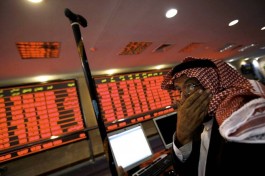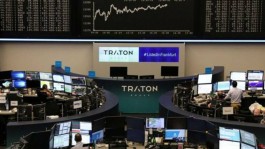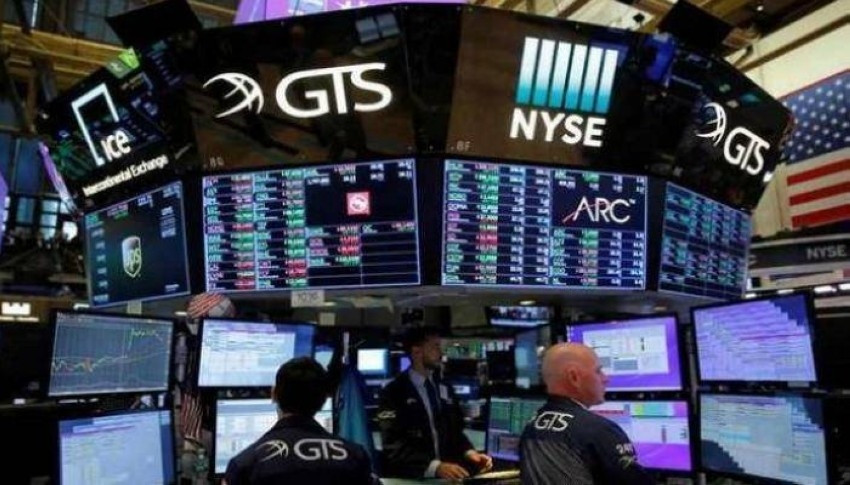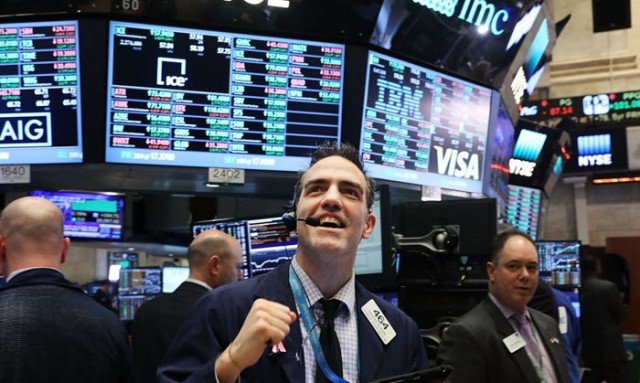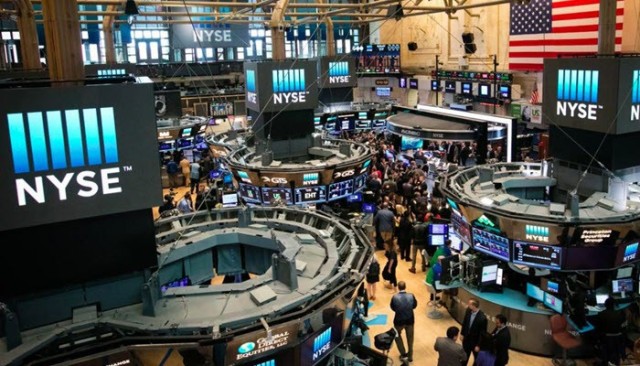A Goldman Sachs report predicted a decline in US stock returns this year.
According to Arabiya Net, the bank's strategists have lowered their expectations for US stock returns, with the possibility of monetary policy tightening further, affecting valuations.
Strategics have lowered their year-end target for the benchmark S&P 500 index to 4,900, down from 5,100 previously. This compares to Friday's close at 4,418.64 points.
The less optimistic outlook continues to point to a rise of 11% from current levels, although strategists have warned that risks are tilted to the downside.
The overall background this year is much more challenging than it was in 2021, wrote the Wall Street giant's team led by David Costin. Uncertainty reigns over the trajectory of inflation and policy The Federal Reserve, according to Bloomberg.
While Goldman's team still expects S&P 500 earnings to grow 8 percent year-over-year to $226, it said the sudden inflation in An upward trend means that ratings will adjust accordingly. Goldman economists this week forecast that the Fed will raise interest rates by 25 basis points in each of the remaining seven meetings for 2022, instead of the five increases it previously forecast.
A strong earnings season helps ease some concerns about the macroeconomic backdrop, as stock markets remain volatile, but a potential military confrontation on the Ukrainian border weighs on the desire to risk.
In a different scenario, Goldman Sachs strategists predicted that if inflation remained high and prompted the Fed to increase its hikes more than currently projected, the S&P 500 would drop by 5%. 12% to 3900 points, or even as low as 3600 points if the tightening pushes the economy into recession. Conversely, if inflation declines faster and smaller hikes are needed, the benchmark will rise to 5,500 points, according to the bullish scenario.
Goldman Sachs' forecast comes after BNP Paribas this week cut its year-end forecast for the Standard & Poor's 500 Index to 4900, citing increased margin pressure. Because of high inflation and low nominal growth.
The target of 4900 suggests full-year returns of just 4% for US stocks, slightly below the historical average, Goldman Sachs notes.









